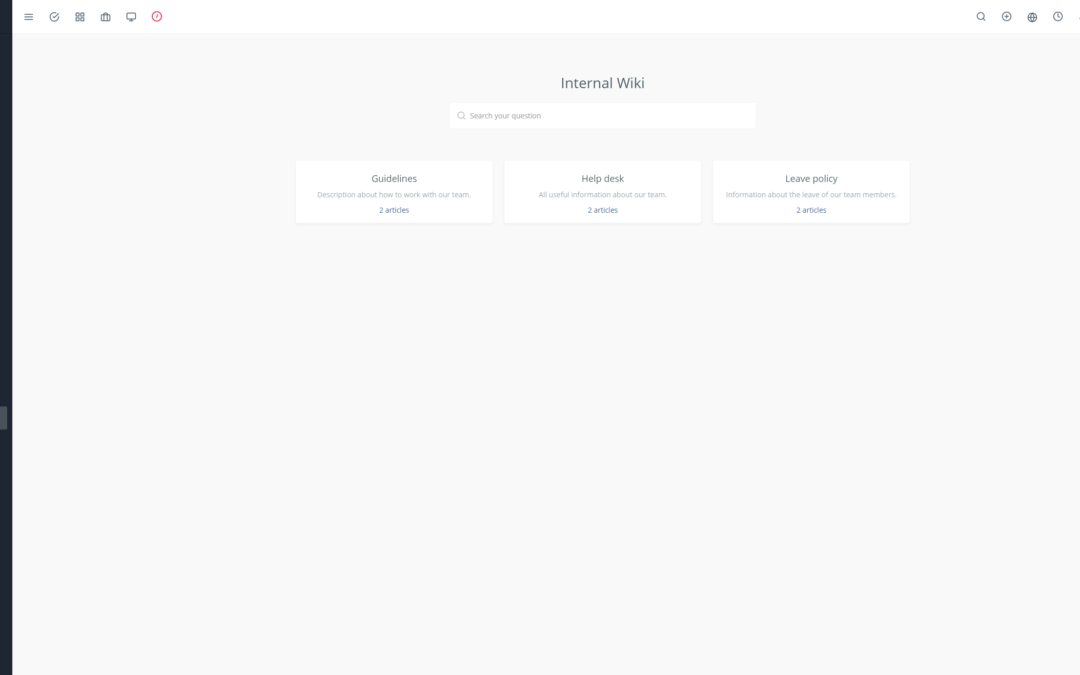The world of work has undergone a major transformation with the rise of remote work. While this model offers increased flexibility and numerous benefits, it also presents unique challenges in terms of collaboration. To succeed remotely, it’s crucial to equip yourself with the right tools and implement effective practices.
1. Challenges and Benefits of Remote Collaboration
Challenges:
Lack of nonverbal communication: Remote communication can be more difficult because it lacks the nonverbal cues that enrich face-to-face interactions.
Isolation and feelings of loneliness: Working remotely can lead to feelings of isolation and loneliness, impacting motivation and team cohesion.
Difficulty establishing boundaries between work and personal life: Remote work can blur the lines between the two, leading to balance and well-being issues.
Lack of trust and team cohesion: Physical distance can complicate building trusting relationships and a strong team culture.
Benefits:
Increased flexibility: Remote work offers employees more flexibility in their organization and time management.
Reduced costs: Businesses can achieve significant savings on costs related to offices, travel, and infrastructure.
Access to a wider talent pool: Remote work allows for recruiting talent from around the world, diversifying teams and skills.
Improved productivity: Some studies show that remote employees are often more productive, benefiting from a quieter work environment and better control over their time.
2. Essential Tools for Remote Collaboration
Communication:
Instant messaging (Slack, Microsoft Teams, Google Chat): For fast and seamless team communication.
Video conferencing (Zoom, Google Meet, Microsoft Teams): For virtual meetings, presentations, and real-time collaboration.
Internal communication platforms (Yammer, Workplace by Facebook): For sharing information, announcements, and events.
Project Management:
Project management tools (Asana, Trello, Jira): For organizing tasks, tracking progress, and collaborating on team projects.
Task management software (Todoist, Notion, ClickUp): For managing personal tasks, setting priorities, and tracking deadlines.
File and Document Sharing:
Cloud storage (Google Drive, Dropbox, OneDrive): For storing, sharing, and collaborating on files online.
Document sharing platforms (Google Docs, Microsoft Office 365): For real-time collaboration on documents, spreadsheets, and presentations.
Collaboration and Task Management Platforms:
All-in-one collaboration platforms (Monday.com, Notion): For managing tasks, projects, communication, and collaboration in one place.
Time and Productivity Management:
Time management apps (RescueTime, Toggl Track, Clockify): For tracking work time, identifying distractions, and optimizing productivity.
Focus apps (Freedom, Focus@Will, Noisli): For concentrating on important tasks and reducing distractions.
3. Remote Collaboration Culture: Keys to Success
Effective Communication:
Be clear, concise, and precise in your communications.
Use appropriate communication tools for the context.
Hold regular meetings to maintain connection and share information.
Promote a culture open to feedback and constructive criticism.
Conflict Management:
Establish conflict resolution processes tailored for remote work.
Promote a culture of respect and active listening.
Avoid confrontational discussions through email and favor video calls or phone calls.
Building Trust:
Encourage open and honest communication.
Celebrate the successes and contributions of each team member.
Create opportunities for social interaction to strengthen team bonds.
Establishing Healthy Boundaries:
Clearly define work hours and downtime.
Create a dedicated workspace at home.
Communicate your boundaries clearly to colleagues and clients.
Remote Training and Coaching:
Offer specific training for remote work.
Implement mentorship and coaching programs for remote employees.
Encourage the development of remote communication and collaboration skills.
Onboarding Remote Employees:
Develop a specific onboarding program for remote employees.
Organize online discovery and training sessions.
Assign a mentor or sponsor to guide new employees.
4. Best Practices for Virtual Meetings
Schedule meetings with a clear agenda and specific objectives.
Use appropriate video conferencing tools with good audio and video quality.
Encourage active participation from all attendees.
Stay focused and avoid distractions.
End meetings on time.
5. Feedback and Recognition Remotely
Provide regular and constructive feedback.
Acknowledge and celebrate the successes of remote employees.
Create reward and recognition programs.
6. Remote Employee Well-being
Encourage employees to take regular breaks.
Promote a healthy and balanced lifestyle.
Offer mental and physical well-being programs.
Create virtual social events to maintain team connection.
7. Remote Motivation and Engagement
Give work meaning and align individual goals with company goals.
Promote autonomy and decision-making.
Offer opportunities for professional development.
Recognize and reward effort and contributions.
8. Leadership Adapted to Remote Collaboration
Be present and accessible remotely.
Communicate clearly and regularly.
Create an environment of trust and respect.
Encourage collaboration and teamwork.
Be flexible and adaptable to the challenges of remote work.
9. The Future of Remote Collaboration
Remote collaboration continues to evolve with innovative technologies and new practices. The future promises even greater integration of digital tools, a better understanding of the challenges of remote work, and a more flexible and inclusive work model.
In conclusion: Remote collaboration offers immense potential for businesses, but it’s crucial to equip yourself with the right tools and develop a suitable collaborative culture. By implementing best practices and investing in employee well-being, businesses can fully reap the benefits of remote work and achieve success in a constantly evolving world.

